INSIDE ISSUE 19.27 | July 3, 2020
 BIG STORY: Planned mental health investments may not survive pandemic pinch
BIG STORY: Planned mental health investments may not survive pandemic pinch
NEWS BRIEFS: Schools haven’t heard from 16,085 students
COMMENTARY, Brack: Impatience with virus shows policy failure
SPOTLIGHT: Charter Communications
MY TURN, Cooper: We can do better. We can be better.
FEEDBACK: What do you think?
MYSTERY PHOTO: Easy marine scene
S.C. ENCYCLOPEDIA: Edisto Indians
Planned mental health investments may not survive pinch

By Lindsay Street, Statehouse correspondent | House lawmakers prioritized boosting mental health spending in the state’s annual budget prior to the pandemic, but plunging revenues could mean a very different budget when the legislature convenes in September.
Some lawmakers and experts say the investment is needed now more than ever as a mental health crisis will likely follow the months of social isolation, economic insecurity and anxiety.
“We thought this year we would champion mental health, without even dreaming this additional stuff would happen,” said House Ways and Means Healthcare subcommittee chair Rep. Bill Herbkersman, R-Bluffton.
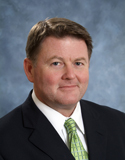
He called it the “mental health budget” in a March column. The proposed budget invested $27,289,516 in recurring funds to the S.C. Department of Mental Health, including $5 million for expanding in-patient services and $400,000 in recurring funds for emergency services over phone or virtually.
But now revenues have been continually adjusted downward for the state. So far, revenue forecasters estimate there will be $701.8 million less than what the House initially anticipated, leaving lawmakers with about $9.5 billion to spend in 2020-2021 — and possibly only $60 million in surplus funds from the 2019-2020 fiscal year.
T
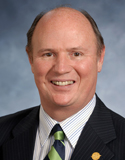
he Senate will draft its version of the budget during six legislative days in September. Senate Finance Health and Human Services Subcommittee Chair Sen. Thomas Alexander, R-Walhalla, said mental health will continue to be a priority, but that “it’s too soon to know” if the extra spending will get axed.
The coming ‘flood’
Mental health experts say isolation, financial insecurity and anxiety over one’s health or that of a loved one, all of which is tied to the coronavirus pandemic, could lead to an increased number of anxiety and depression cases across the state.
“Anxiety and depression has significantly increased across the board with adults and kids,” said Alyssa Rheingold, professor and clinical psychologist within the Department of Psychiatry and Behavioral Sciences at the Medical University of South Carolina in Charleston. She added there has been an increase in substance abuse too. “Early on the pandemic, there’s a lot of heightened anxiety. More recently, it has shifted to this kind of exhaustion, fatigue … It’s going to be evolving.”
Deborah Blalock, deputy director of Community Mental Health Services at the S.C. Department of Mental Health, described it as a coming “flood of people” needing services, similar to what the state has seen after other crises such as hurricanes or the 2015 Charleston church shooting.
“Every crisis we’ve been involved in over the decades we saw it three to six months post-crisis,” Blalock said. “This is a weird one because it is so prolonged.”
In response to the ongoing pandemic, the Department of Mental Health has rolled out initiatives paid for by a $2 million grant, aimed at aiding mental health during the pandemic. One program created a statewide phone number, 1-844-SC-HOPES, to help connect residents to state services, including mental health care. Another rolled out a virtual program for health care workers called Health Care Outreach Teach, or HOT.
Growth in telehealth
Meanwhile, providers are working to keep helping patients by going into people’s homes virtually and by phone.
![]() The Department of Mental Health had a robust telehealth program prior to the pandemic, Blalock said.
The Department of Mental Health had a robust telehealth program prior to the pandemic, Blalock said.
“After the pandemic, we immediately flipped from about 5 percent of our services through telehealth to 95 percent telehealth, and now it’s about 85 percent because there are some people who have trouble with access,” she said.
In private medicine, mental health struggled to expand into telehealth for years because “third party payers weren’t paying for it,” Rheingold said.
“Now because of this pandemic … third party payers are allowing for telehealth mental health resources,” she said. “The access to care for mental health, on some level has improved somewhat or the pandemic hasn’t hurt that because we’ve been able to shift 100 percent over telehealth.”
Rheingold said when the legislature convenes in September, telehealth for mental health should be among the priorities.
“Ensure that telemental health continues to be a reimbursable approach to providing services,” she said.
Part of that equation will be expanding broadband access, which the legislature agreed in June to begin expanding access with $50 million in federal funds.
“We’ve spoken in a unified voice and bipartisan voice of the importance of broadband and telemedicine for the citizens of our state, especially in rural areas and underserved areas,” said Alexander, the key state senator in the budget process. “We will have to be realistic to the confines of our financial situation in what that will look like come September but the willingness will be there.”
Many unknowns before September
As with much in the pandemic, there is a lot of uncertainty about the state of mental health.
“We don’t know what kind of flood we’re going to get, we really don’t know,” Blalock said. “We don’t know what our budget is going to look like. That’s an issue. We know the state has lost revenue, lost income from loss of taxes, so we don’t know if our budget is going to be cut.”
But Herbkersman and Alexander said they will work to keep mental health a budget priority.
“I asked to be on the conference committee for this exact reason. We can’t back down on this,” Herbkersman said. Conference committee assignments have not been announced yet. “The COVID pandemic would be part of (additional need) … but every year, we see things get worse and worse and we can really turn it around. Financially, we had a good year but whether we had a good year or not it needs to be a priority.”
- Have a comment? Send to: feedback@statehousereport.com
Schools in state haven’t heard from 16,085 students
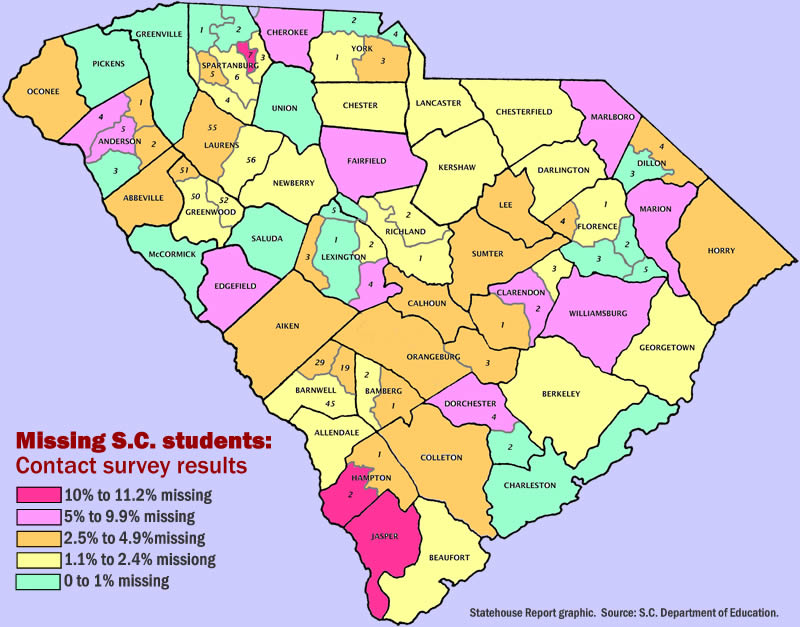
By Lindsay Street, Statehouse correspondent | South Carolina public schools have been unable to communicate with 16,085 students since mid-March, when children began remote learning in the pandemic, according to data released this week.
Last week, Statehouse Report was the first news outlet in the state to spotlight the preliminary number of missing children. Read that story here.
The new numbers released by the S.C. Department of Education include all but three schools and reveal that 2 percent of students have not touched base with their teacher or school for months.
State lawmakers and child advocates say they are concerned about the numbers of missing students, especially those in low-income households, because they could lose learning or could be in abusive or neglect situations .
These three school districts have the largest percentage of students missing:
- Hampton County School District 2 reported 76 of 680 students, or 11.2 percent, were unaccounted for;
- Jasper County School District reported 297 of 2,697 students, or 11 percent; and,
- Spartanburg County School District 7 reported 789 of 7,476 students, or 10.6 percent.
Here are the school districts with an excess of 500 unaccounted-for children:
- Aiken County School District with 629 missing students;
- Anderson County School District 5 with 656;
- Berkeley County School District with 622;
- Horry County School District with 1,120;
- Orangeburg County School District with 586;
- Sumter County School District with 638; and,
- York County School District 3 with 550.
Dillon County School District 3, Florence County School District 2, Florence County School District 5 and Saluda County School District reported that all students have been reached. .
Students in ninth grade accounted for 1,776 of unaccounted-for children statewide, followed by 1,415 10th grade students. Pre-K and Kindergarten had the fewest number of students unaccounted-for statewide at 539.
Last week, Felder and Lexington Republican Sen. Katrina Shealy told Statehouse Report that there should be more involvement from S.C. Department of Social Services in finding the students.
In other news:
![]() Masks ordinances grow around the state. As Gov. Henry McMaster continues to question enforceability of a statewide mask-use mandate that experts say would help slow the spread of the coronavirus, more local governments are enacting their own. Last week, S.C. Attorney General Alan Wilson issued an opinion saying mask mandates are constitutional. Here are some of the local governments with mask mandates:
Masks ordinances grow around the state. As Gov. Henry McMaster continues to question enforceability of a statewide mask-use mandate that experts say would help slow the spread of the coronavirus, more local governments are enacting their own. Last week, S.C. Attorney General Alan Wilson issued an opinion saying mask mandates are constitutional. Here are some of the local governments with mask mandates:
- Dorchester County
- Beaufort County
- Sullivan’s Island
- Camden
- Orangeburg
- Chester
- Kiawah
- Mount Pleasant
- Summerville
- Folly Beach
- North Charleston
- Spartanburg
- Charleston County
- Richland County
- Georgetown County
- Sumter
- Aiken
- Myrtle Beach
- See more here.
Related: Masks gain popularity. Many in the Charleston area appear to agree that mask use, whether mandated or not, will help others during this time. Read more.
Pair accused of trying to blow up Tillman statue. Amid calls for racial justice in the United States, some memorials and statues to racist or white supremacist icons have been the targets of vigilantes. That trend came close to the Statehouse this week when police charged two people with arson and use of a destructive device after something containing thermite was found near the “Pitchfork” Ben Tillman statue on Statehouse grounds. Tillman gained notoriety when federal troops pulled out of South Carolina and he worked to undo gains achieved by Black South Carolinians during Reconstruction. Read more.
S.C. gas rose 2 cents July 1. South Carolina’s state gas tax increases 2 cents for the fourth time, bringing the total tax per gallon to 24 cents. Two more increases will happen in the coming years. Read more.
S.C. now one of 3 without hate crimes legislation. Georgia’s Republican-led General Assembly and Republican governor approved a hate crimes law last week, leaving South Carolina as one of just three remaining states without laws enacting stiffer penalties for hate-motivated crimes against its citizens. Read more.
S.C. now one of 13 without expanded Medicaid. This week, Oklahoma voters passed Medicaid expansion, making South Carolina now one of 13 states without expanded Medicaid coverage for its residents unable to afford insurance. Read about Oklahoma’s constitutional change.
- Have a comment? Send to: feedback@statehousereport.com
BRACK: Impatience with virus shows policy failure
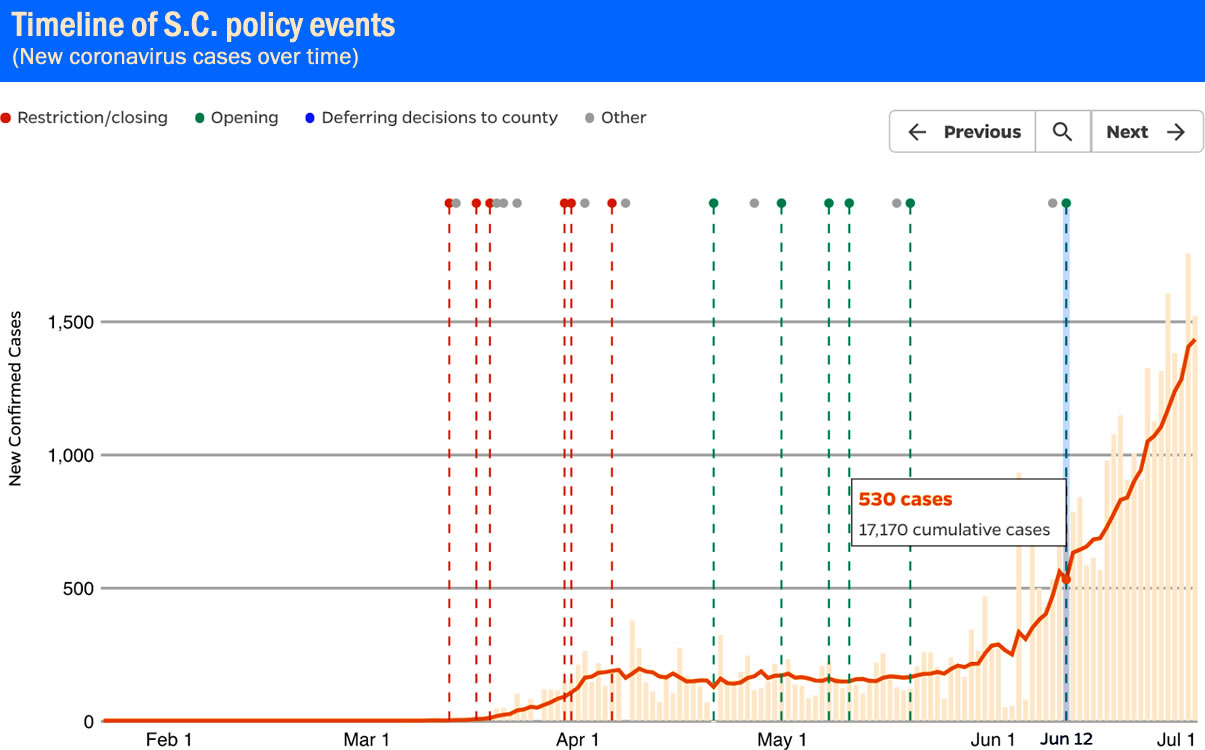
By Andy Brack, editor and publisher | The horrible surge in coronavirus cases being experienced in South Carolina has one root cause: a liberal impatience by conservatives who reopened the state too early. As a result, too many people have the disease. Too many will die as exhausted medical workers are at their breaking point.
 If there’s ever a textbook example that policy matters, it’s in South Carolina’s immature response to dealing with the silent terror of the pandemic. And now, officials trying to play catch up with mask ordinances and other measures that should have been in place long ago.
If there’s ever a textbook example that policy matters, it’s in South Carolina’s immature response to dealing with the silent terror of the pandemic. And now, officials trying to play catch up with mask ordinances and other measures that should have been in place long ago.
Just compare what happened in South Carolina, where Gov. Henry McMaster lightly shut down businesses for a few short weeks to states like New York, New Jersey and Connecticut, where governors locked things down tightly for much longer. Those places have flattened the curve — albeit with big economic hits. But the virus there is now manageable — as long as people are careful. Here, it’s out of control.
Let’s go to the play-by-play for South Carolina:
April 6: McMaster issued a mandatory “home-or-work” order and established capacity limitations on retail businesses still operating. Cumulative cases: 2,232. S.C. deaths: 48.
April 21: McMaster created accelerateSC to coordinate the state’s revitalization plan. He also lifted restrictions on public access points to beaches, piers, docks and wharfs. And he allowed reopening of some retail outlets. Cumulative cases: 4,601. S.C. deaths: 135.
May 1: McMaster announced the statewide work-or-home order would be lifted on May 4 and said restaurants could start outside dining service in addition to takeout, curbside and delivery services. Cumulative cases: 6,258. S.C. deaths: 256.
May 8: The governor announced restaurants would be able to open with limited dine-in services starting May 11. Cumulative cases: 7,367. S.C. deaths: 320.
May 20: More facilities are allowed to reopen, including zoos, museums and waterparks, as of May 22. Cumulative cases: 9,175. S.C. deaths: 407.
June 12: McMaster issues an order saying bowling alleys can open immediately and lifts restrictions on retail establishments. Cumulative cases: 17,170. S.C. deaths: 593.
July 2: South Carolina experienced 1,629 new cases and incurred an additional 19 deaths as health officials worried about effects on the pandemic from a holiday weekend. Cumulative cases: 39,587. S.C. deaths: 777.
Look at a chart of new confirmed cases and it’s obvious a surge started in late May soon after Memorial Day as people flocked to beaches, reopened restaurants and other attractions. A relatively weak home-or-work order that lasted just four weeks seemed to keep down big increases in the virus. But once that was gone, numbers started creeping up, and then started to soar.
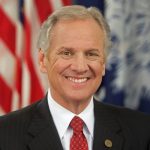
What’s sad about the whole situation is that the people who did what they should have by staying away from others, washing hands, wearing masks and being smart had lots of their time wasted by the impolite and impatient who ignored safety protocols and had a good time, oblivious and unconcerned about the toxic virus swirling in the air. Now they’re getting increasingly sick.
As a state, we have to start all over — except that we have a governor and too many state officials who won’t show the leadership to do what needs to happen to shut down the virus. Thank goodness some mayors and local councils are smart enough to mandate mask use, finally.
Unfortunately, we now need to stay at home again, limit shopping and cut out social activity. Who knows the coming economic impact? Our new normal needs to be filled with doorknob wipedowns, wearing of protective masks in public, obsessive washing of hands, refraining from touching your face, avoiding groups and even more social distancing.
Through the years, we’ve talked a lot about the common good and the need to work together to achieve societal goals. Now, more than ever, let’s keep the Palmetto State’s common good in mind to beat this viral terrorist instead of putting individual desires at the forefront. If we do the former, we’ll eventually flatten the upward curve of infections. If we don’t, it’s going to go from bad to worse.
- Andy Brack is editor and publisher of Statehouse Report. Have a comment? Send to: feedback@statehousereport.com.
Charter Communications
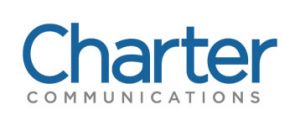 The public spiritedness of our underwriters allows us to bring Statehouse Report to you at no cost. Today, we’re happy to shine the spotlight on Charter Communications, the nation’s fastest-growing TV, internet and voice company. Committed to integrating the highest quality service with superior entertainment and communications products, Charter is at the intersection of technology and entertainment, facilitating essential communications that connect 24 million residential and business customers in 41 states, including South Carolina. In addition to being committed to giving back to the communities we serve, the bedrock of our business strategy is to serve our customers and exceed their expectations.
The public spiritedness of our underwriters allows us to bring Statehouse Report to you at no cost. Today, we’re happy to shine the spotlight on Charter Communications, the nation’s fastest-growing TV, internet and voice company. Committed to integrating the highest quality service with superior entertainment and communications products, Charter is at the intersection of technology and entertainment, facilitating essential communications that connect 24 million residential and business customers in 41 states, including South Carolina. In addition to being committed to giving back to the communities we serve, the bedrock of our business strategy is to serve our customers and exceed their expectations.
“We, at our core, are a service organization,” President and CEO Tom Rutledge says. “And every product we sell has a huge service component.”
- To learn more, visit Charter’s South Carolina services online.
Cooper: We can do better. We can be better.

Editor’s Note: Political marketing consultant and Charleston native Chris Cooper of Convergence Targeted Communications this week sent the following email to Democratic friends and clients. We thought you might find it to be interesting.
By Chris Cooper, republished by permission | Almost 100 years ago the poet T.S. Eliot famously wrote, “April is the cruellest month…” Clearly he had no way of knowing what 2020 would look like. April, May and June all plumbed the depths of death and despair — but also offered glimmers of hope (Mississippi?! … John Roberts?! ¯\_(ツ)_/¯ ).
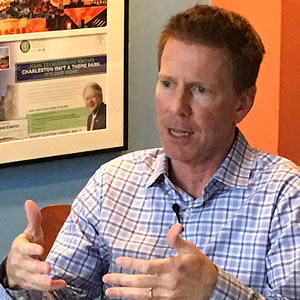
In the midst of COVID-19, police brutality and a wannabe despot, we at Convergence stayed focused on our mission to help elect progressive, reform-oriented candidates who can bring change to their communities and our country. We are proud that we helped Black candidates in six states win their primary elections this spring for offices ranging from school board to Congress, including a county council race in my home state of South Carolina.
South Carolina certainly knows a thing or two about racism. I grew up in segregated downtown Charleston, which was a lovely place — if you were white. Racism was open and rampant in white Charleston. It was unavoidable; it was in the air we breathed.
For all its faults, South Carolina has a wonderful state motto: Dum spiro spero. “While I breathe I hope.” That phrase is very meaningful to me. It’s the inscription on my father’s gravestone. As long as we’re on this earth, we can do better. We can be better.
The changing electoral tide across the country represents hope. The Black Lives Matter movement represents hope. “Hope” is sometimes ridiculed among hard-hearted political operatives. I guess that means I’m still an idealist.
The fundamental reason I’m a Democrat is because Democrats fight for racial justice. Sadly, that fight is far from finished. But we also have reason for hope. And for those of us who work in politics, we can use our skills to help make society better, fairer and more just by working to elect the best leaders we can. That’s what we’ll be thinking about this Independence Day, and working on for the next 125 days.
Chris Cooper is the president of Convergence Targeted Communications in Washington, D.C.
What do you think?
We love hearing from our readers and encourage you to share your opinions. But you’ve got to provide us with contact information so we can verify your letters. Letters to the editor are published weekly. We reserve the right to edit for length and clarity. Comments are limited to 250 words or less. Please include your name and contact information.
- Send your letters or comments to: feedback@statehousereport.com
Easy marine scene
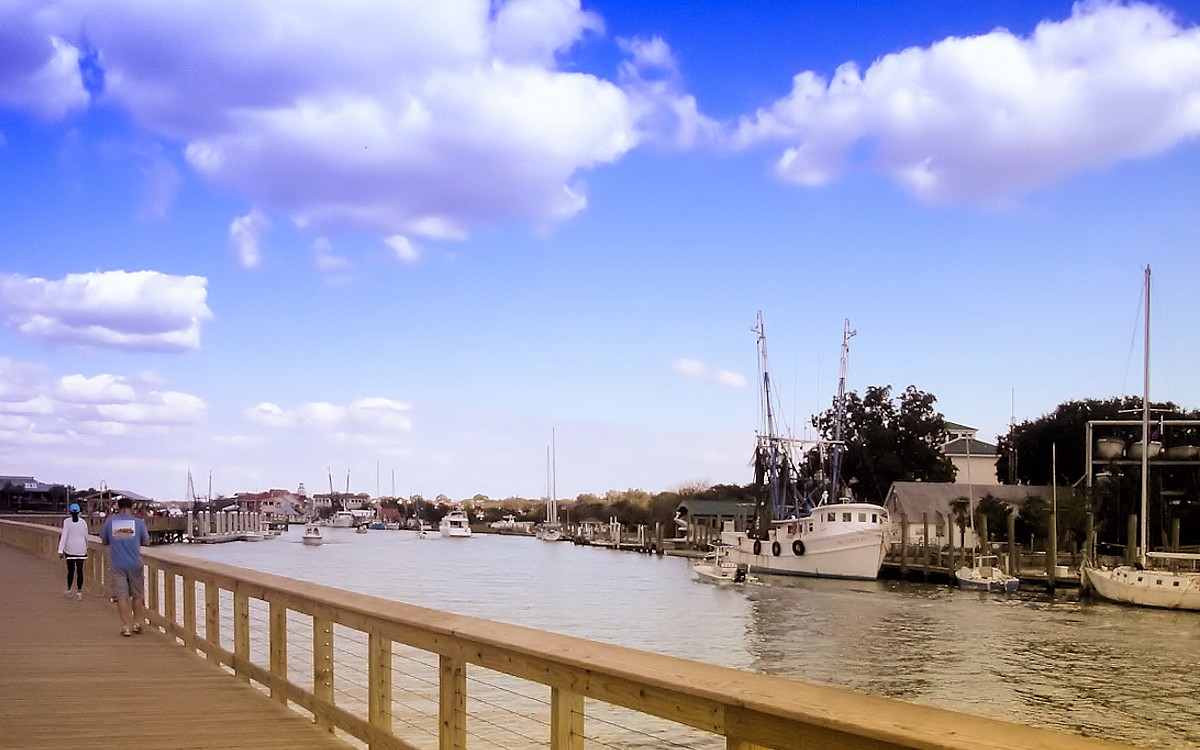
So this marine scene ought to be pretty easy, but it’s a holiday and our gift to you. Tell us where it is and something about any facet of the photo. Send your best guess of what it is to feedback@statehousereport.com. And don’t forget to include your name and the town in which you live.
Our previous Mystery Photo
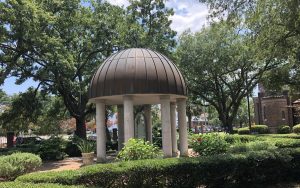 Only three readers identified our June 26 image, “Pretty Lowcountry gazebo,” which was a structure on Race Street in Charleston adjacent to the Greek Orthodox church. Congrats to Allan Peel of San Antonio, Texas; George Graf of Palmyra, Va.; and Jay Altman of Columbia.
Only three readers identified our June 26 image, “Pretty Lowcountry gazebo,” which was a structure on Race Street in Charleston adjacent to the Greek Orthodox church. Congrats to Allan Peel of San Antonio, Texas; George Graf of Palmyra, Va.; and Jay Altman of Columbia.
Peel provided some great context: “In the center of the domed structure is a sand-carved glass sculpture of Mother Mary and Baby Jesus that was created by Lowcountry native artist Lex Melfi. In his late 40s, Lex Melfi became interested in sand-blasting glass as an art form after seeing a piece of such work in Opa-locka, Florida over 22 years ago. Born and raised in Summerville, he comes from a large Italian family that immigrated to the Charleston area in 1847.
“The highly technical and challenging process of sand-carved glass involves the use of high pressure air and sand digging into the glass rather than scratching the surface. The sand blaster uses different nozzles, air pressures, and grits of sand to carve-out varying degrees of depth into the glass, giving it a three dimensional look that is breath-taking to look at, particularly when light is refracted through the glass. Melfi’s first commissioned piece of work was the 8-foot tall, 8-panel window in the Bell Tower at the Grace Episcopal Church in Charleston. The sand-carved sculpture of Mother Mary and Baby Jesus in today’s mystery photo is 7′ 6″ high and 3′ 4″ wide. If you would like to learn more about Lex Melfi and his passion for sand-carving glass, click here to view a WCBD News 2 YouTube video clip about the artist and his work.”
- Send us a mystery: If you have a photo that you believe will stump readers, send it along (but make sure to tell us what it is because it may stump us too!) Send to: feedback@statehousereport.com and mark it as a photo submission. Thanks.
Edisto Indians
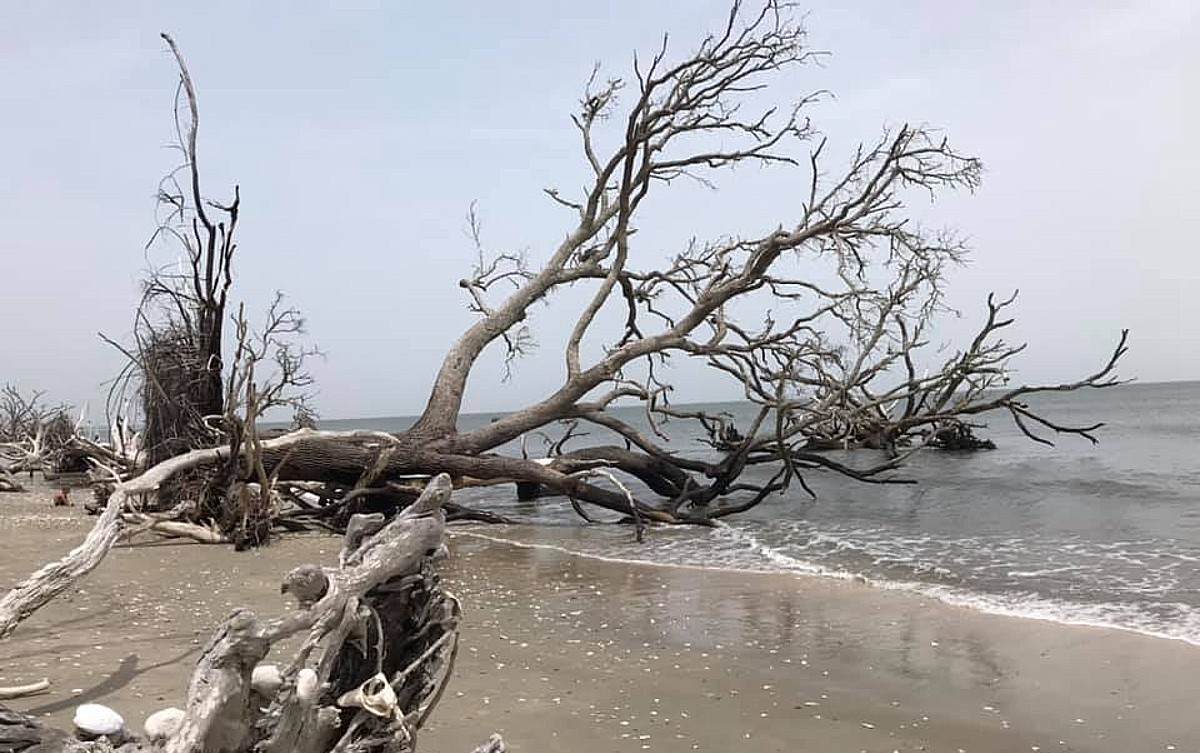
At the time of English colonization, the Edisto Indians were a tribe living between the Savannah and Edisto Rivers. Originally inhabitants of St. Helena Island, the tribe relocated in the late 1500s to Edisto Island. The English captain William Hilton first contacted this tribe when his ship, Adventure, visited St. Helena’s Sound in 1663. Hilton observed that the Edistos knew many Spanish words and had regular visits from the Spaniards at St. Augustine. He also made records of the Edisto villages, noting that each contained a round house of about two hundred feet in diameter covered with palmetto leaves.
In 1666, Robert Sandford made contact with the same tribe. Sandford was met by an Edisto chief named Shadoo, who insisted that the group visit his nearby village. Touring the Edisto settlement, the Sandford party described the same round council house as noted by Hilton. The men wrote, “Round the house from each side the throne quite to the Entrance were lower benches filled with the whole rabble of Men and Women and children in the center.” Of particular interest to the group was the chief, a woman who extended great hospitality to the group. The cultural exchange went quite well, and the Edisto chief returned with Sandford to spend the night as a guest aboard his ship.
Eventually, Edisto land was acquired by treaty by the Carolina colony between 1670 and 1686, as were the lands of most smaller coastal tribes, such as the St. Helenas, the Ashepoos, and the Stonos. Coastal tribes such as the Edisto could not withstand occasional English slave raids and epidemic diseases. Most tribes lost their identity, and remnants were adopted by tribes further inland.
— From an entry by Michael P. Morris. This entry has not been updated since 2016. To read more about this or 2,000 other entries about South Carolina, check out The South Carolina Encyclopedia, published in 2006 by USC Press. (Information used by permission.)
ABOUT STATEHOUSE REPORT
Statehouse Report, founded in 2001 as a weekly legislative forecast that informs readers about what is going to happen in South Carolina politics and policy, is provided to you at no charge every Friday.
Meet our team
- Editor and publisher: Andy Brack, 843.670.3996
- Statehouse correspondent: Lindsay Street
Donate today
We’re proud to offer Statehouse Report for free. For more than a dozen years, we’ve been the go-to place for insightful independent policy and political news and views in the Palmetto State. And we love it as much as you do.
But now, we can use your help. If you’ve been thinking of contributing to Statehouse Report over the years, now would be a great time to contribute as we deal with the crisis. In advance, thank you.
Buy the book
Now you can get a copy of editor and publisher Andy Brack’s We Can Do Better, South Carolina! ($14.99) as a paperback or as a Kindle book ($7.99). . The book of essays offers incisive commentaries by editor and publisher Andy Brack on the American South, the common good, vexing problems for the Palmetto State and interesting South Carolina leaders.
More
-
- Mailing address: Send inquiries by mail to: 1316 Rutledge Ave., Charleston, SC 29403
- Subscriptions are free: Click to subscribe.
- We hope you’ll keep receiving the great news and information from Statehouse Report, but if you need to unsubscribe, go to the bottom of the weekly email issue and follow the instructions.
- Read our sister publications: Charleston City Paper (every Wednesday) | Charleston Currents (every Monday).
- © 2020, Statehouse Report, a publication of City Paper Publishing, LLC. All rights reserved.


